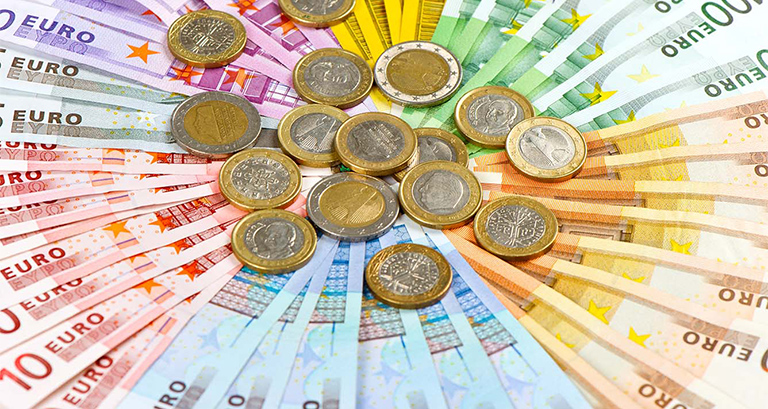Recirculation consists of returning to circulation, directly or indirectly, euro banknotes or coins that professional cash handlers have received, either from the public as payment or as a deposit in a bank account, or from another entity that handles cash.
The main objective of the standards for recirculation of euro banknotes and coins is to ensure the integrity and conservation of cash in circulation and maintain the trust that citizens place in them.
This means that credit institutions and other professional cash handlers deliver euro banknotes and coins to their customers only when their authenticity and fitness has been confirmed.
Banknotes
Credit institutions and other professional cash handlers must verify the authenticity and suitability of the banknotes that they plan to recirculate in accordance with current regulations. These checks can be carried out at their own facilities with successfully tested equipment by the Banco de España or other national central banks of the Eurosystem. The checks can also be delegated to so-called banknote selection centres. Likewise, there are certain cases in which the control of the authenticity and fitness of the banknotes can be checked manually.
In the case of ATMs, banknotes that are put into circulation have been successfully tested by machines ensuring their authenticity and good condition.
Coins
According to current regulations, credit institutions and other professional cash handlers will ensure that the euro coins they receive and intend to put back into circulation will be checked for authenticity and fitness through the use of:
- Coin-processing machines included in the list of machines published on the European Commission
 website at the time of acquisition.
website at the time of acquisition. - Personnel trained in accordance with the modalities defined by the Banco de España
After authentication, all suspect counterfeit and unfit coins shall be delivered to the national competent authority (the Banco de España).

